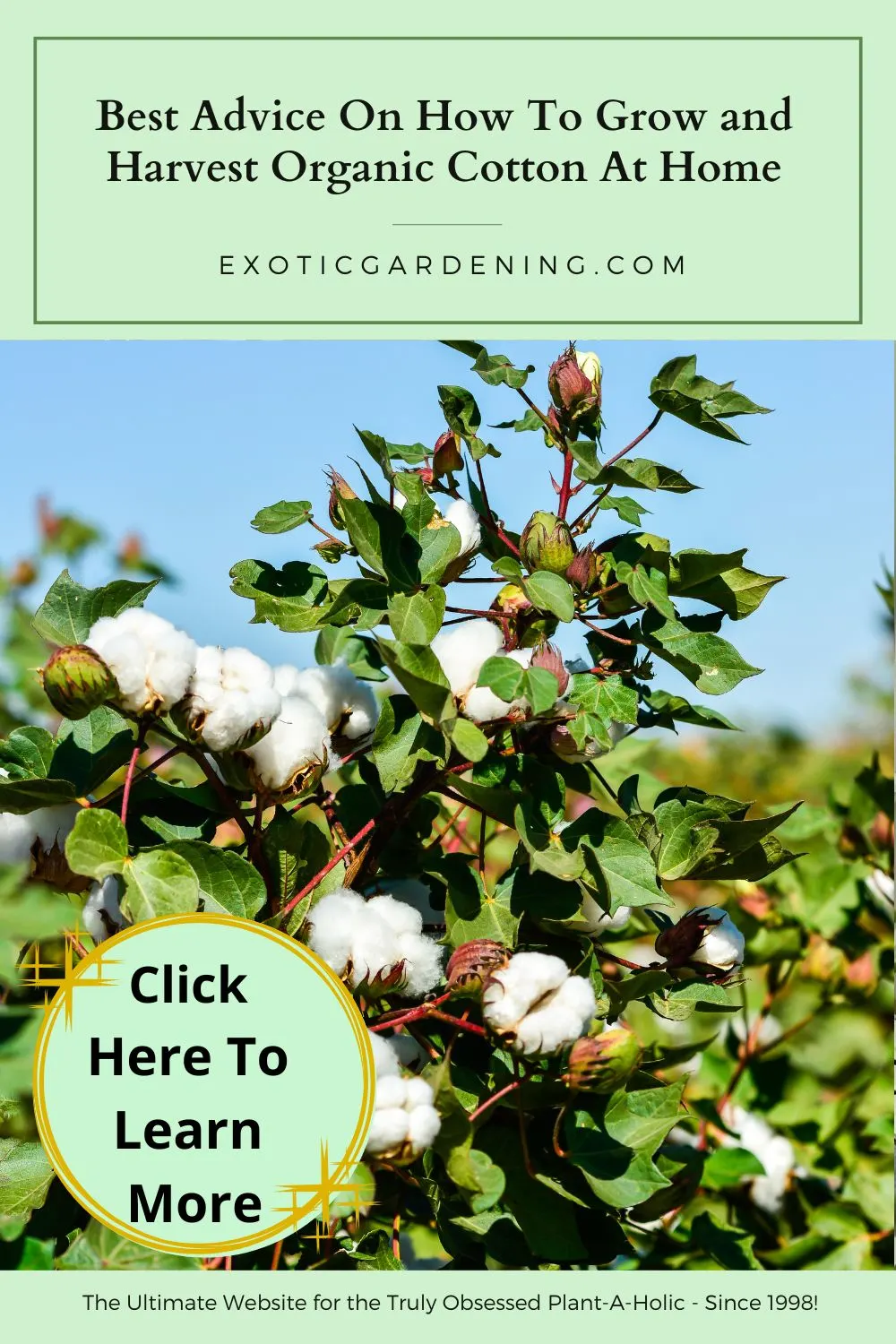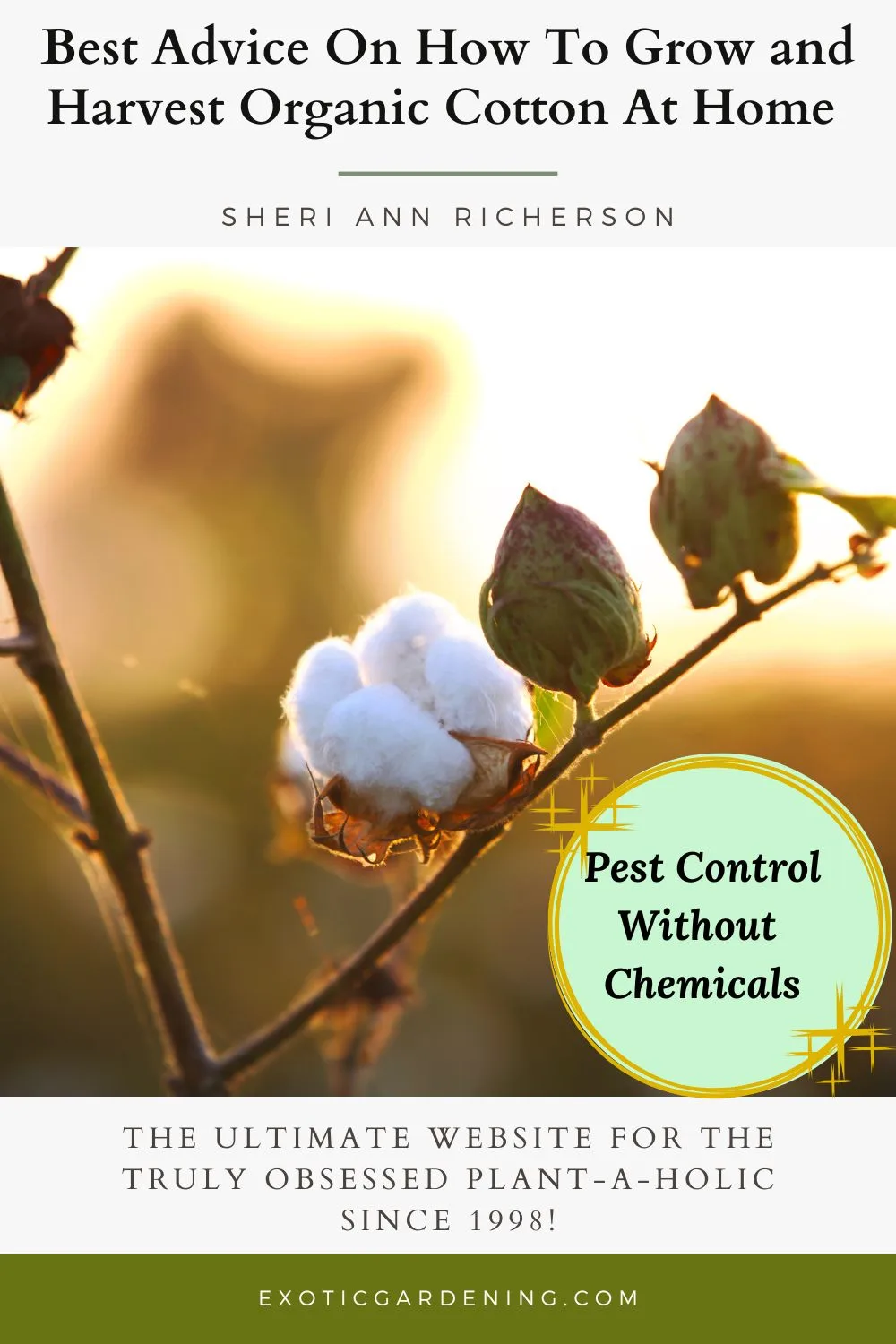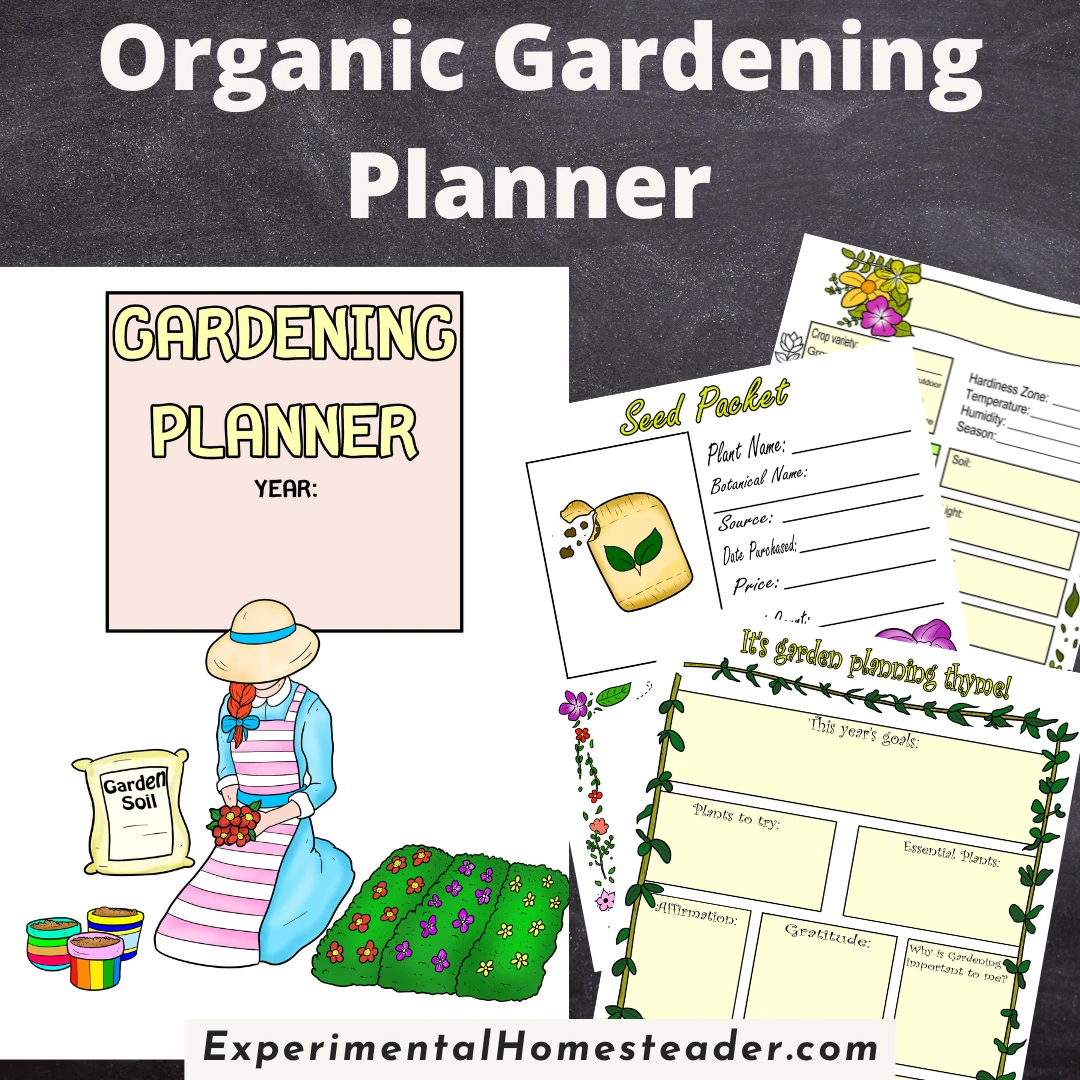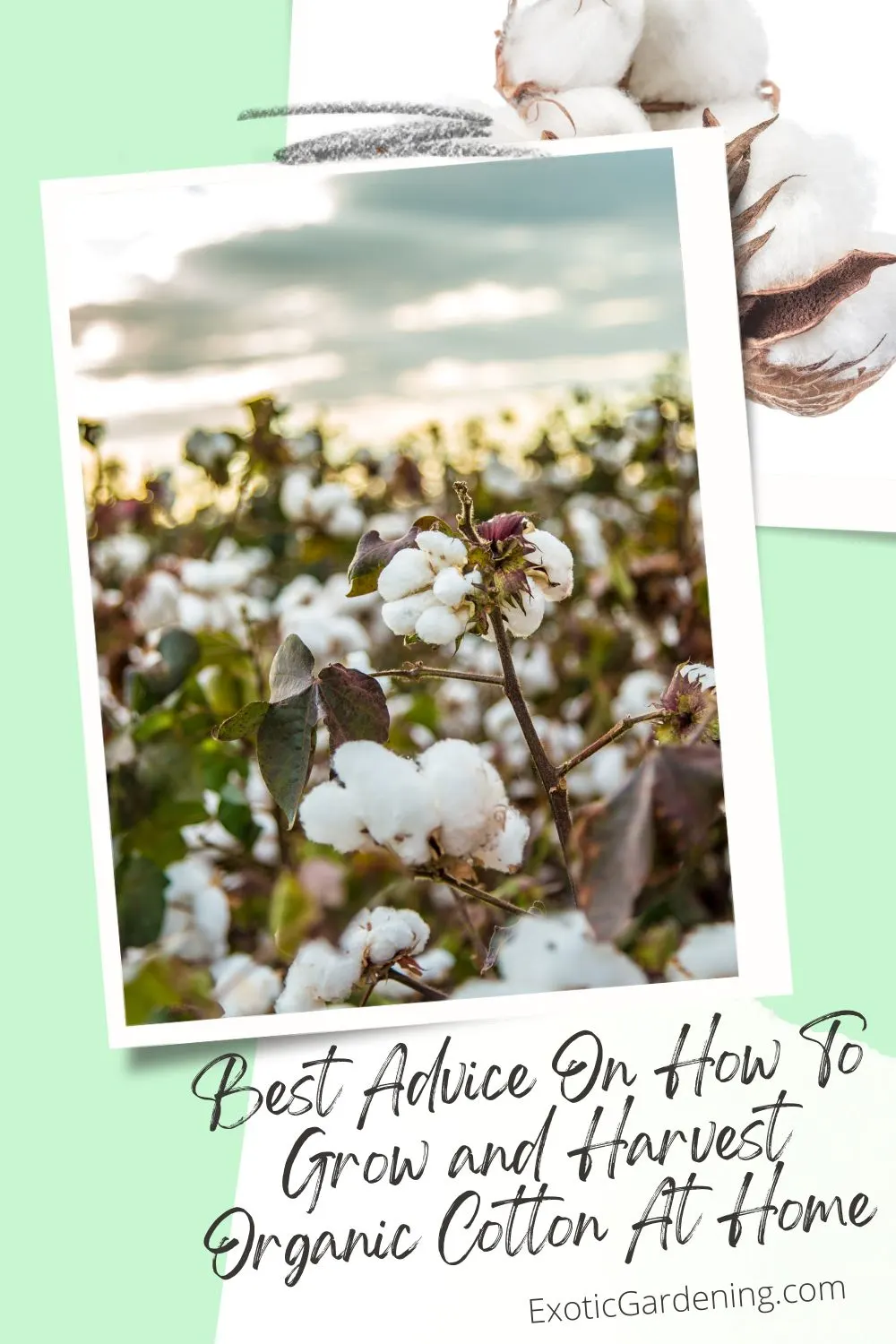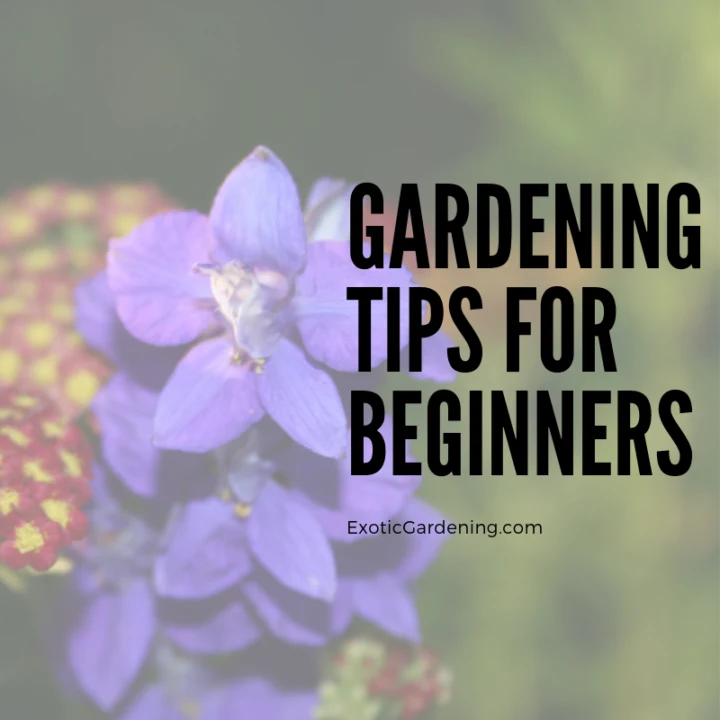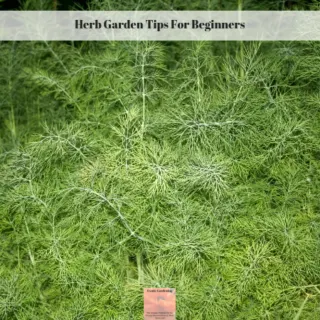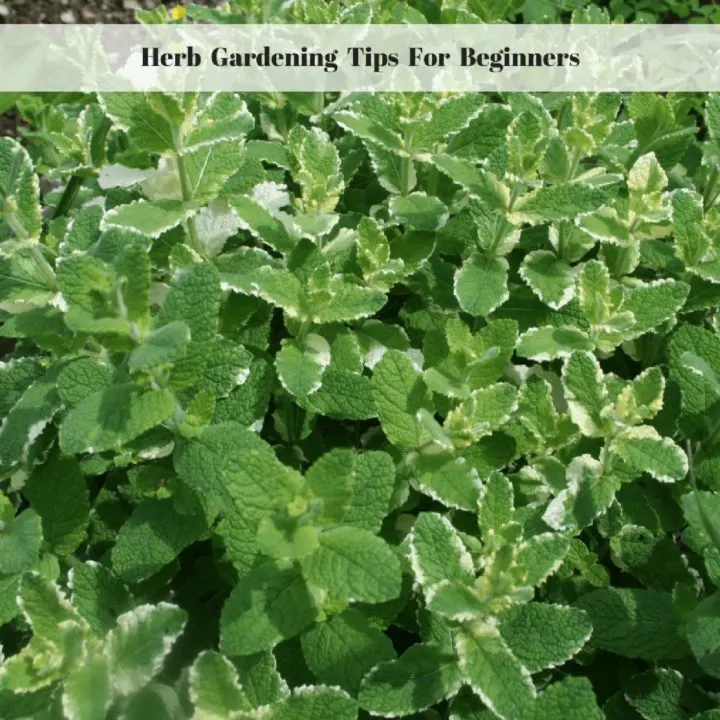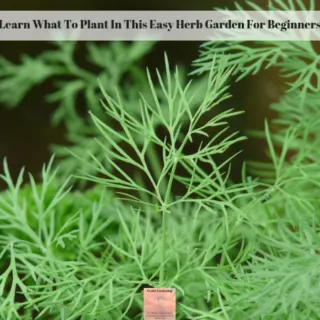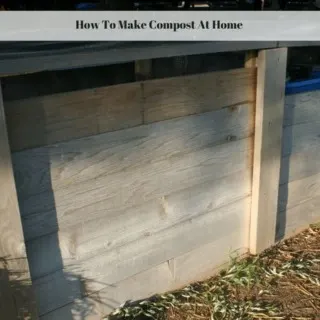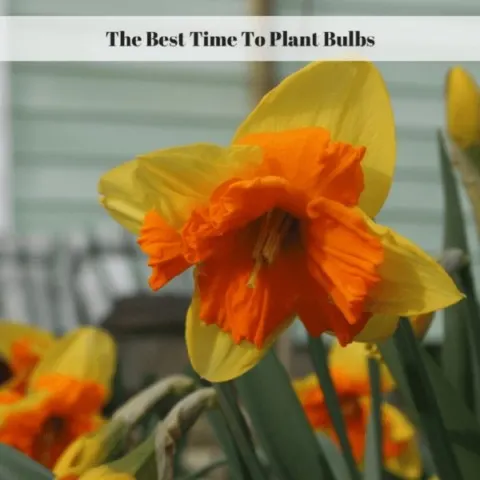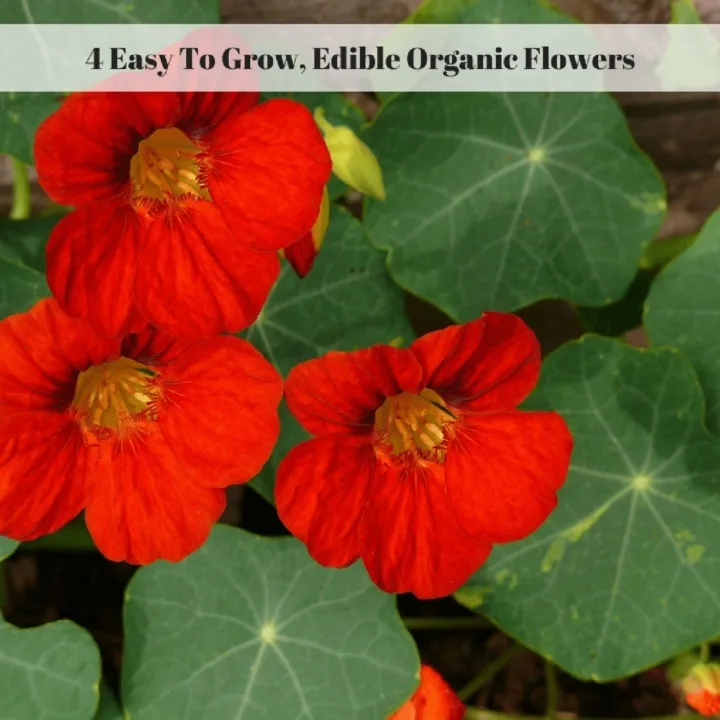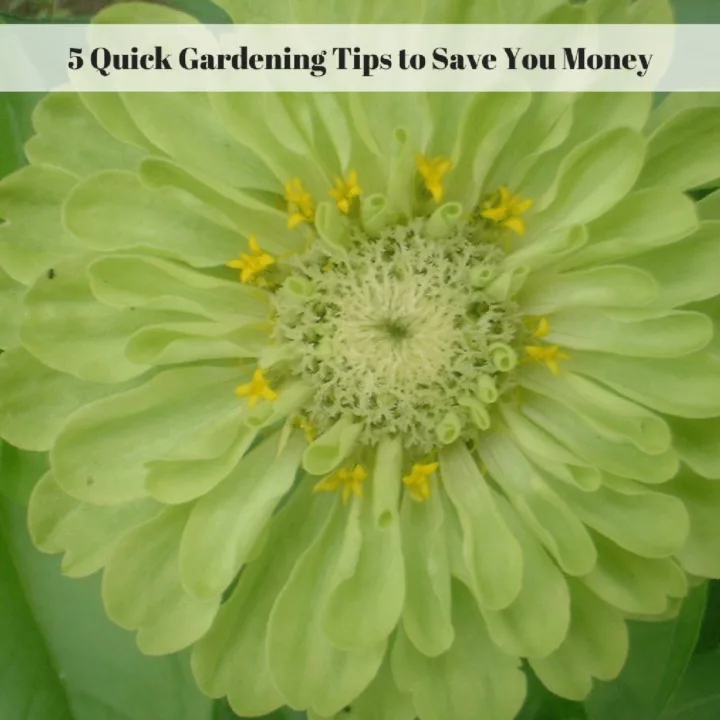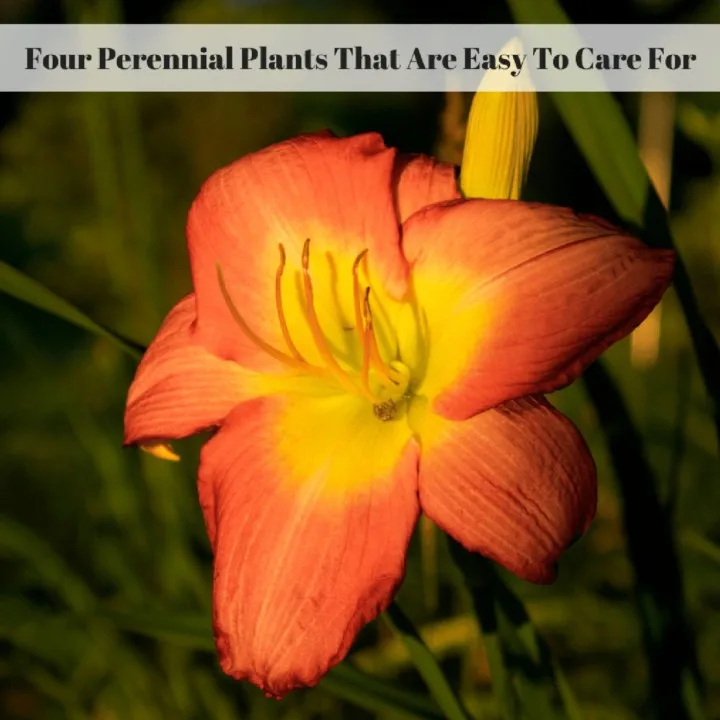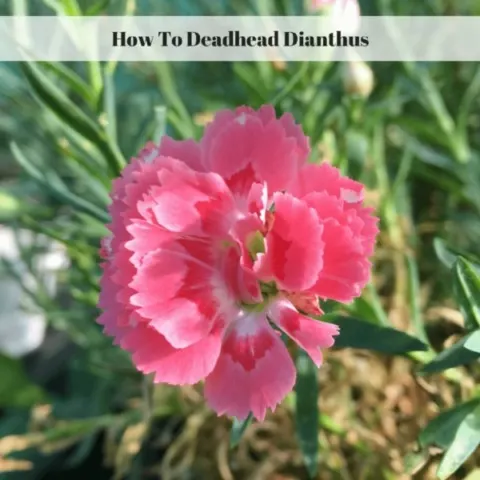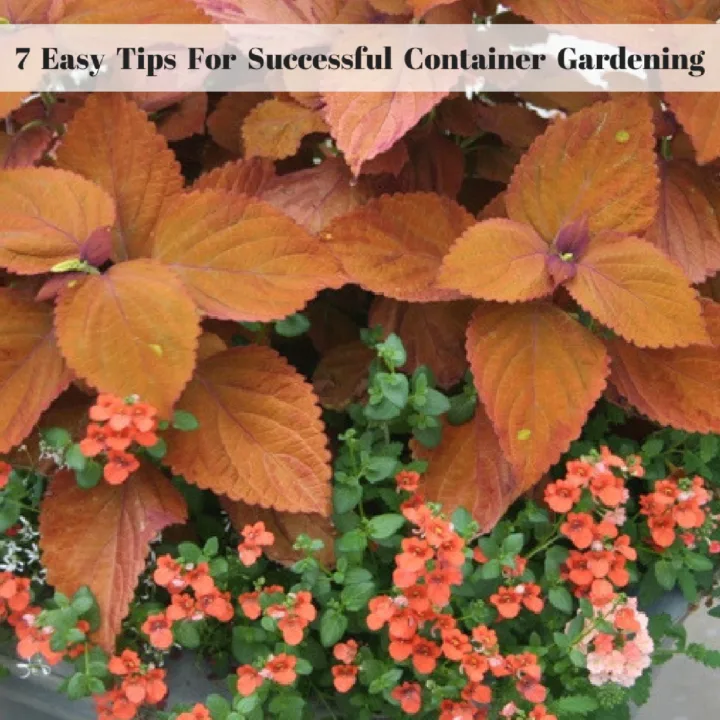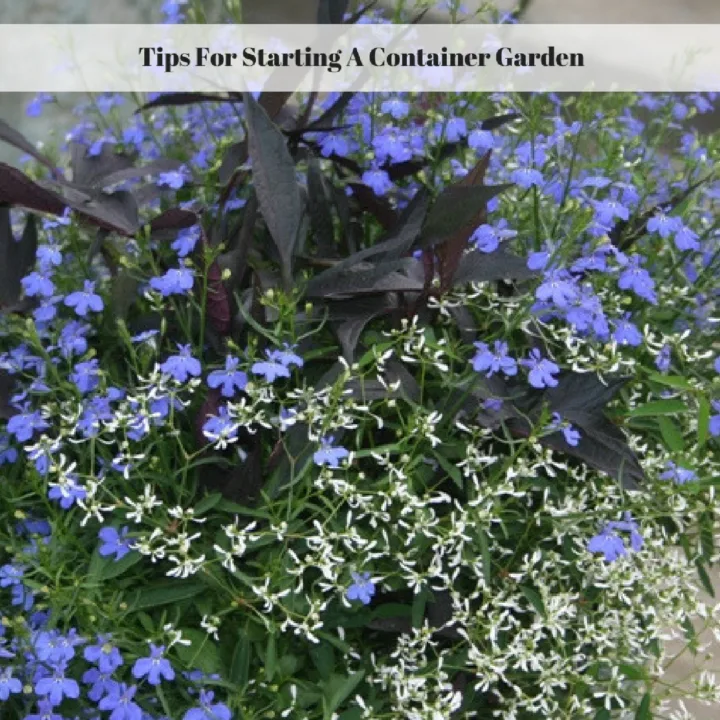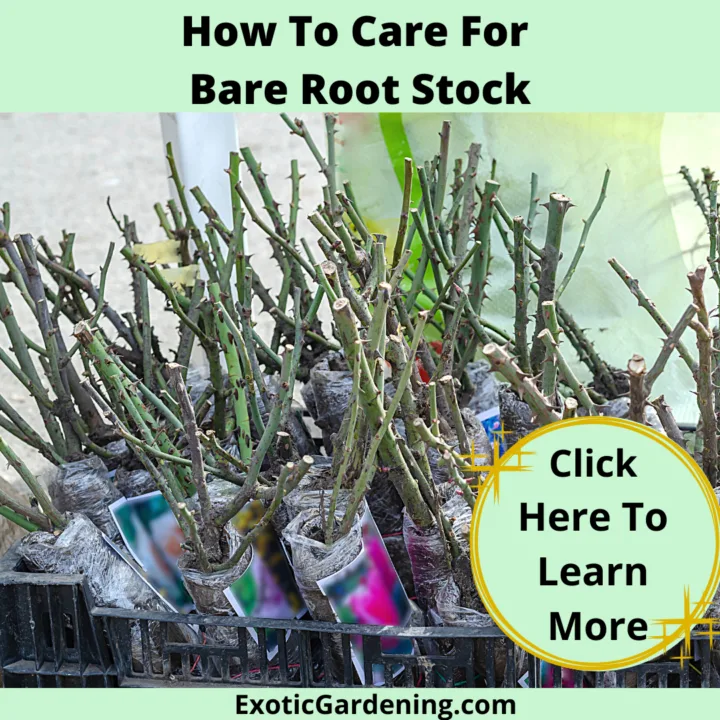Have you ever thought about growing your own cotton - not just as a garden experiment, but as a sustainable, hands-on way to connect with natural fibers?
Learning how to grow organic cotton at home might sound a little unconventional, but I promise you, it’s easier and more rewarding than you think.
When I planted my first colored cotton seeds years ago here in Indiana, I wasn’t sure what to expect.
But watching those fuzzy bolls burst open in the fall sunshine?
Pure magic.
And today, I’m going to walk you through the entire process so you can experience that same joy.
Whether you want to spin it, stuff pillows with it, or simply enjoy its beauty in the garden, this guide has everything you need - from seed to harvest and beyond.
Why Grow Your Own Organic Cotton?
Growing cotton connects us to the history of textiles and the roots of self-sufficiency.
Organic cotton is free of synthetic pesticides and fertilizers, making it a cleaner, safer option, especially for those of us who love gardening with purpose.
You might be surprised to learn that cotton can thrive in containers or backyard gardens - even in cooler climates like the northern U.S.
With the right start indoors and a little care, you’ll be well on your way to a harvest that’s both practical and beautiful.
Starting Cotton Seeds Indoors: What You Need To Know
Cotton is a warm-season crop that needs a long growing season, which makes indoor seed starting essential for northern gardeners like me.
Here’s how I start mine:
-
When to start: About 6–8 weeks before your last expected frost date
-
Containers: I prefer peat pots or soil blocks to minimize root disturbance later
-
Light and warmth: A heat mat and a grow light really speed things up. Aim for 75–85°F soil temps.
-
Germination time: Usually 7–14 days
Tip: Cotton seeds are tough - nick the seed coat slightly or soak overnight before planting for better germination.
Transplanting Cotton: Containers vs. In-Ground Beds
Once your seedlings are about 3–4 inches tall and the weather has warmed up, it’s time to transplant them.
Cotton actually transplants surprisingly well, just be gentle with the roots.
You have two good options:
-
Large containers (5 gallons or more) - Great for patios or if you need to move plants around as temperatures change.
-
Garden beds with full sun - Ideal if you’re growing multiple plants for a larger harvest.
Spacing matters!
I give mine about 12–18 inches between plants to allow airflow and full growth.
Growing Tips for Healthy Organic Cotton Plants
Here’s what I’ve learned from growing cotton organically over the years:
-
Sunlight: Full sun is non-negotiable. Cotton loves heat.
-
Soil: Well-draining, loose, and slightly acidic to neutral (pH 6.0–7.0).
-
Water: Consistent moisture, especially while the bolls are forming.
-
Mulch: Helps retain soil moisture and suppress weeds naturally.
-
Support: As plants get taller, a small stake or tomato cage can help them stand up to summer storms
Organic gardener’s note: I use compost and fish emulsion during the early growth stage, then ease up once flowering starts.
Watching for Bolls: When and How to Harvest
Here’s the exciting part - the cotton bolls!
By late summer into early fall, your plants will form rounded seed heads.
You’ll need to wait until they dry and split open naturally, revealing the fluffy white fibers inside.
Timing tip: Don't harvest too early! Wait until at least 3–4 bolls per plant are fully opened.
To harvest:
-
Snip the open bolls off the plant
-
Pull the cotton gently from the pod
-
Set aside to dry if damp from dew or recent rain
It’s an incredibly satisfying process, and very beginner-friendly!
Processing Organic Cotton: From Fiber to Function
After harvesting, you’ll want to clean and process your cotton.
Here’s how I do it:
-
Remove seeds: Use your fingers or a simple hand crank gin (you can DIY one!).
-
Save seeds: I dry and store mine for the next planting season.
-
Use the fiber: No need to card if you're just using the raw cotton for stuffing or display - but carding helps if you plan to spin it.
Cotton fibers can be used for:
-
Stuffing pillows or handmade dolls.
-
Making thread or yarn (if you spin).
-
Educational crafts and displays.
And don’t forget, the leftover plant matter makes great compost!
White vs. Colored Cotton: What You Should Know
White cotton is most common in seed catalogs and has the longest staple length, which means easier spinning.
Colored cottons (green, brown, rust tones) are gorgeous and often heirloom, but they’re a bit trickier to grow and harvest.
⚠️ Legal note: Some U.S. states restrict growing colored cotton due to cross-pollination risks with commercial crops. Always check local laws before ordering seed.
I’ve had good luck sourcing seed from:
From My Garden to Yours: A Personal Note
There’s something deeply grounding about growing your own cotton - a crop so intertwined with history, yet still accessible to the modern home gardener.
The first time I spun thread from my own cotton?
I got goosebumps.
Not because it was perfect (it wasn’t), but because it reminded me how connected we can be to the land and the things we make with our own two hands.
If you’re looking for a meaningful, sustainable garden project this season, cotton is it.
Plan Your Entire Garden (Cotton Included!) With My Organic Gardening Planner
If you’re excited about growing your own organic cotton - or anything else this season - then you’ll love my Organic Gardening Planner.
This printable planner was designed by a gardener (that’s me!) for gardeners who want to be more organized, more successful, and more connected to what they grow.
I originally created this planner because I wanted one place to track all my garden goals, planting dates, harvest info, and companion planting ideas - without flipping through a dozen notebooks.
I’ve used it for everything from growing cotton and herbs to mapping out entire food forests.
And now I’m making it available to you.
Just print the pages, pop them into a binder, and you’ll have a planning system you can build on year after year.
Here's What You'll Get:
-
Goal-setting & plant planning pages – Track your must-grow crops and new varieties to try
-
DIY printable seed packet – Perfect for saved seeds or sharing with friends
-
Seed inventory, planting guides, and harvest logs
-
Garden layout sheets + spacing charts + sun maps
-
Organic fertilizer and pesticide profiles
-
Soil log, compost tracker, moon phase planner, weather tracker
-
Budget & earnings trackers – Yes, gardening can pay off!
-
Succession planting & transplanting logs
-
Tool checklist, seasonal overview sheets & more
Whether you're growing cotton for fun or planning a full-blown backyard homestead, this planner gives you the structure you need, while still leaving room for flexibility and creativity.
Make This Your Best Gardening Year Yet
👉 Get the Organic Gardening Planner
You’ll receive 3 printable PDF downloads filled with easy-to-use worksheets, logs, and guides - all designed to help you grow smarter, harvest more, and keep better records (without the overwhelm).
Print it once and reuse it for years, just like your favorite heirloom seeds.
Shop My Favorite Cotton-Growing Supplies
Some links below are affiliate links — that means I may earn a small commission at no cost to you. Thanks for supporting my blog!
I’d Love To Hear About Your Cotton Growing Journey
Growing cotton is one of those projects that feels a little magical, watching those bolls burst open like tiny white clouds never gets old.
It’s a fun way to experiment, a great conversation starter in the garden, and a wonderful way to connect with natural fibers from the ground up.
If you decide to give cotton a try (or if you've grown it before), I’d truly love to hear how it goes for you!
Drop your thoughts in the comments below, or come over to Facebook, you’ll find me at @SheriAnnRicherson, and let me know what you’re growing this season.
Every gardener’s story matters, and I’d be honored to hear yours.
Let’s keep the conversation growing!
Frequently Asked Questions About Growing Organic Cotton
Can you grow cotton in northern climates?
Yes! With a head start indoors and full sun, cotton can thrive even in shorter growing seasons. Just be sure to transplant after your last frost date and choose containers or microclimates that stay warm.
How long does it take cotton to grow?
From seed to harvest, expect around 140 to 160 days depending on variety and climate. Starting seeds indoors gives you a valuable head start in northern zones.
Do I need a greenhouse to grow cotton?
Not necessarily. A greenhouse is helpful in cooler climates, but large containers and a sunny, protected spot will usually do the trick.
Is it legal to grow cotton at home?
It depends on your state. In some U.S. states, especially where commercial cotton is grown, permits or restrictions may apply — particularly for colored cotton. Always check with your local extension office or department of agriculture.
What can I do with the cotton I grow?
So much! Use it to stuff homemade pillows, dolls, or crafts. Save the seeds to grow again next year. And if you're into spinning or fiber arts, cotton is a rewarding and beautiful material to work with.
Gardening Tips For Beginners
Gardening Tips For Beginners
These gardening tips for beginners will help you get your first garden started right. Tips on gardening planning, caring for bareroot plants and more.
Herb Garden Tips For Beginners
From how to grow herbs to how to harvest herbs and everything in between, these herb garden tips give bite sized information ideal for beginners.
Herb Gardening Tips For Beginners
Follow these simple herb gardening tips for beginners to successfully start your herb garden. These herb garden tips are ideal for container gardens too.
Learn What To Plant In This Easy Herb Garden For Beginners
Knowing what to plant makes creating an easy herb garden for beginners to tend much more enjoyable. Try these eight herbs.
Gardening During A Heatwave
Gardening during a heatwave is not ideal for you or your plants, but done right, your plants will not only live but thrive.
Understanding Why Your Hardiness Zone Matters
Knowing the hardiness zone lets you know if a plant will survive in your area. Learn about the importance of the USDA hardiness zone.
How To Make Compost At Home
Learn how to make compost at home using materials you already have on hand and are likely to throw into the trash and send to the local landfill.
The Best Time To Plant Bulbs
Have you ever wondered what time of year to plant bulbs? Find out what the best time to plant bulbs is according to your specific bulb planting region!
4 Easy To Grow, Edible Organic Flowers
Check out these four easy to grow edible organic flowers that provide food for you, nectar for pollinators plus double as companion plants!
5 Quick Gardening Tips To Save You Money
Garden tips for beginners - and advanced gardeners alike - that are sure to help save money. These gardening tips are about more than just plant care!
Four Perennial Plants That Are Easy To Care For
These four perennial flowers are easy plants to care for. They multiply easily plus they attract a number of pollinators including butterflies and bees.
How To Deadhead Dianthus
Learn how to deadhead dianthus to get it to re-bloom or keep it tidy! Today I am going to share with you my how to deadhead dianthus flowers video.
7 Easy Tips for Successful Container Gardening
Show your passion for successful container gardening by excelling at it. These 7 container gardening tips are sure to increase your success.
Tips For Starting A Container Garden
Growing plants in containers is an ideal alternative to growing plants in the ground. Check out these tips for starting a container garden.
How To Care For Bare Root Stock
Learn how to care for bare root stock such as roses, woody plants or bulbs that typically are the first to arrive in stores or via mail order.
Learn How To Garden
Learn how to garden with online courses, eBooks, paperback books and printables from gradening expert Sheri Ann Richerson.

